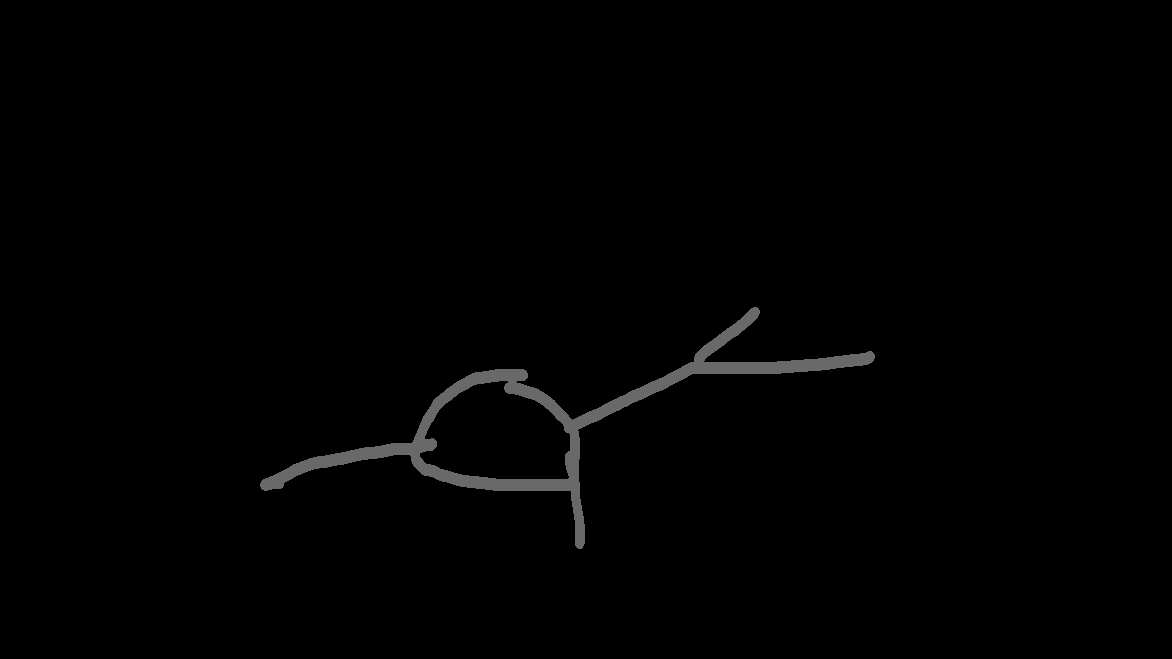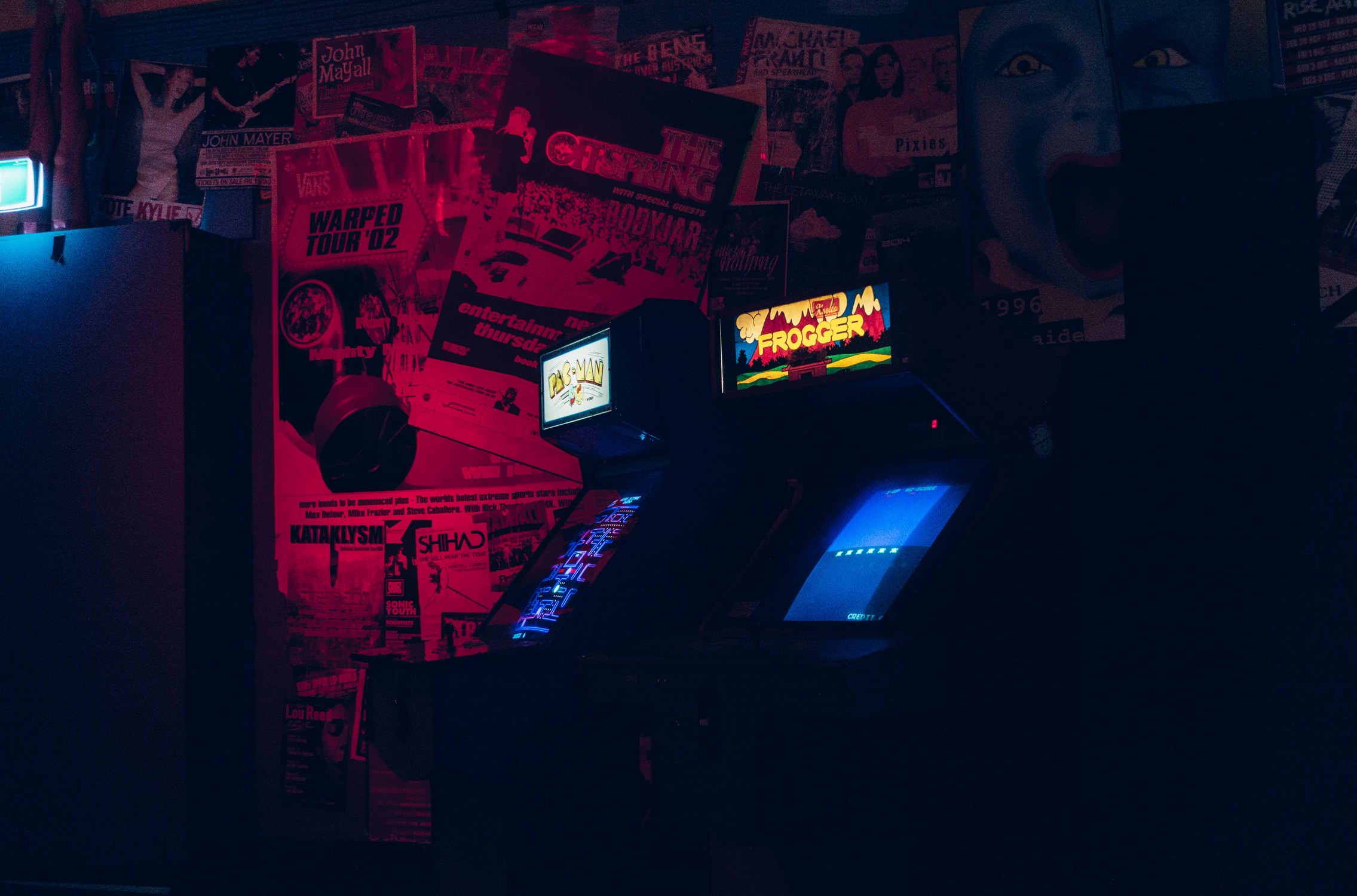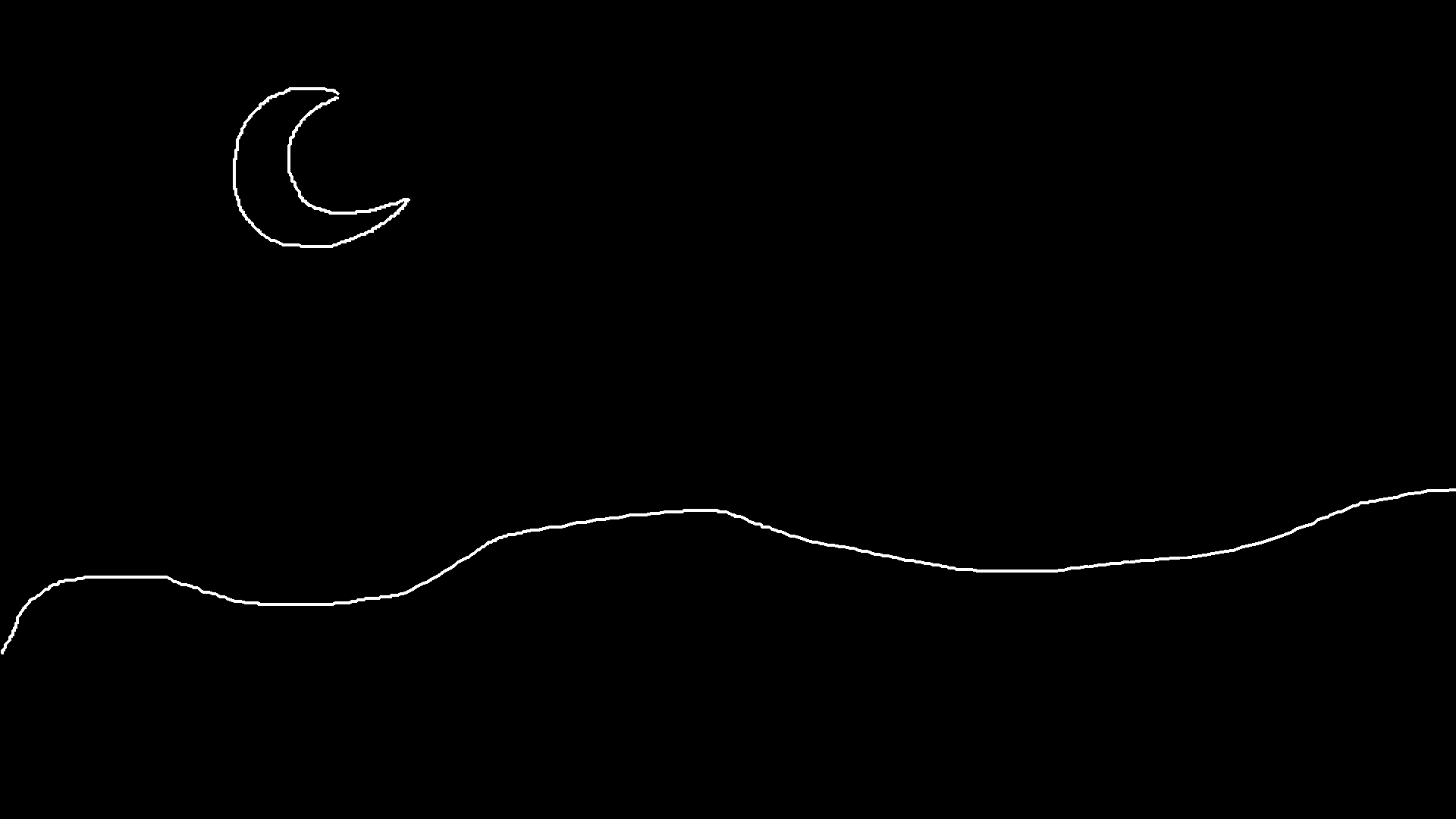Ion (40+ cards)
0.0(0)
0.0(0)
Card Sorting
1/46
Earn XP
Description and Tags
Ion Flashcards with decent amount of cards
Study Analytics
Name | Mastery | Learn | Test | Matching | Spaced |
|---|
No study sessions yet.
47 Terms
1
New cards
bonding
the process of elements gaining, losing, or sharing electrons to attain the electronic configuration of the noble gas closest to them in the periodic table
2
New cards

Ionic compounds
composed of positively and negatively charged ions held together by strong electrostatic forces. Result from the transfer of electrons from one element to another.

3
New cards
types of elements that form ionic bonds
ionic bonds are formed between a metal on the left side of the periodic table and a nonmetal on the right side
4
New cards
cations
positively charged ions. A cation has fewer electrons than protons. Cations are formed by metals.
- for metals in groups 1A, 2A, and 3A, the group number = the charge on the cation
- for metals in groups 1A, 2A, and 3A, the group number = the charge on the cation
5
New cards

Covalent compounds
composed of individual molecules, discrete groups of atoms that share electrons. Result from the sharing of electrons between two atoms

6
New cards
anions
newly updated
7
New cards
ions
Charged species in which the number of protons and electrons in an atom is not equal.
8
New cards
ion found in teeth and bones
Ca²⁺
9
New cards
2 ions found in body fluids
Na⁺ and K⁺
10
New cards
ion found in hemoglobin
Fe²⁺
11
New cards
ion present in gastric juices and other fluids
Cl⁻
12
New cards
3 steps to write a formula for an ionic compound
1) identify which element is the cation and which is the anion (use the group number of a main group element to determine the charge)
2) Determine how many of each ion type is needed for an overall charge of zero.
3) To write the formula, place the cation first and then the anion, and omit charges. (Use subscripts to show the number of each ion needed to have zero overall charge)
2) Determine how many of each ion type is needed for an overall charge of zero.
3) To write the formula, place the cation first and then the anion, and omit charges. (Use subscripts to show the number of each ion needed to have zero overall charge)
13
New cards
ion needed for nerve transmission and muscle control
mg²⁺
14
New cards
2 methods for naming cations of metals that form 2 different cations
Systematic Method: follow the name of the cation by a Roman numeral in parentheses to indicate its charge
-or-
Common Method: Use the suffix -ous for the cation with the smaller charge, and the suffix -ic for the cation with the higher charge. These suffixes are often added to the Latin names of the elements
-or-
Common Method: Use the suffix -ous for the cation with the smaller charge, and the suffix -ic for the cation with the higher charge. These suffixes are often added to the Latin names of the elements
15
New cards
How to name anions
Replace the ending of the element name by the suffix -ide
16
New cards
3 steps to name an ionic compound that contains a metal with a variable charge
1) Determine the charge on the cation
2) Name the cation and anion
3) Write the name of the cation first, then the anion
2) Name the cation and anion
3) Write the name of the cation first, then the anion
17
New cards
fixed charge of Al
Al³⁺
18
New cards
fixed charge of Mn
Mn²⁺
19
New cards
fixed charge of Co
Co²⁺
20
New cards
Fixed charge of Ni
Ni²⁺
21
New cards
Fixed charge of Zn
Zn²⁺
22
New cards
Fixed charge of Ag
Ag⁺
23
New cards
Fixed charge of Cd
Cd²⁺
24
New cards
Variable charges of Cr
Cr²⁺, Cr³⁺
25
New cards
Variable charges of Fe
Fe²⁺, Fe³⁺
26
New cards
Variable charges of Cu
Cu⁺, Cu²⁺
27
New cards
Variable charges of Sn
Sn²⁺, Sn⁴⁺
28
New cards
Variable charges of Au
Au⁺, Au³⁺
29
New cards
Variable charges of Pb
Pb²⁺, Pb⁴⁺
30
New cards
3 steps to derive a formula from the name of an ionic compound
1) identify the cation and anion and determine their charges
2) Balance the charges of the ions
3) Write the formula with the cation first, and use subscripts to show the number of each ion needed to have zero overall charge
2) Balance the charges of the ions
3) Write the formula with the cation first, and use subscripts to show the number of each ion needed to have zero overall charge
31
New cards
general rule about boiling points and melting points of ionic compounds
They are extremely high because of the strong electrostatic bonds.
32
New cards
5 physical properties of ionic compounds
- high melting points
- high boiling points
- usually soluble in water
- their solutions conduct electricity
- they form crystalline solids
- high boiling points
- usually soluble in water
- their solutions conduct electricity
- they form crystalline solids
33
New cards
polyatomic ion
a cation or anion that contains more than one atom
34
New cards
formula for hydronium ion
H₃O⁺
35
New cards
formula for ammonium ion
NH₄⁺
36
New cards
formula for carbonate ion
CO₃²⁻
37
New cards
formula for sulfate ion
SO₄²⁻
38
New cards
formula for phosphate
PO₄³⁻
39
New cards
when to use suffix -ite
used for an anion that has one fewer oxygen atoms than a similar anion named with the -ate ending (ie. SO₄²⁻ is sulfate, but SO₃²⁻ is sulfite)
40
New cards
How to name anions that differ in presence of hydrogen
the word hydrogen or prefix bi- is added to the name of the anion. (ie. SO₄²⁻ is sulfate, but HSO₄⁻ is hydrogen sulfate or bisulfate)
41
New cards
formula for carbonate
CO₃²⁻
42
New cards
formula for Hydrogen carbonate or bicarbonate
HCO₃⁻
43
New cards
formula for Acetate
CH₃CO₂⁻
44
New cards
formula for Cyanide
⁻CN
45
New cards
formula for Nitrate
NO₃⁻
46
New cards
formula for hydroxide
⁻OHi
47
New cards
formula for Sulfate
SO₄²⁻